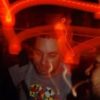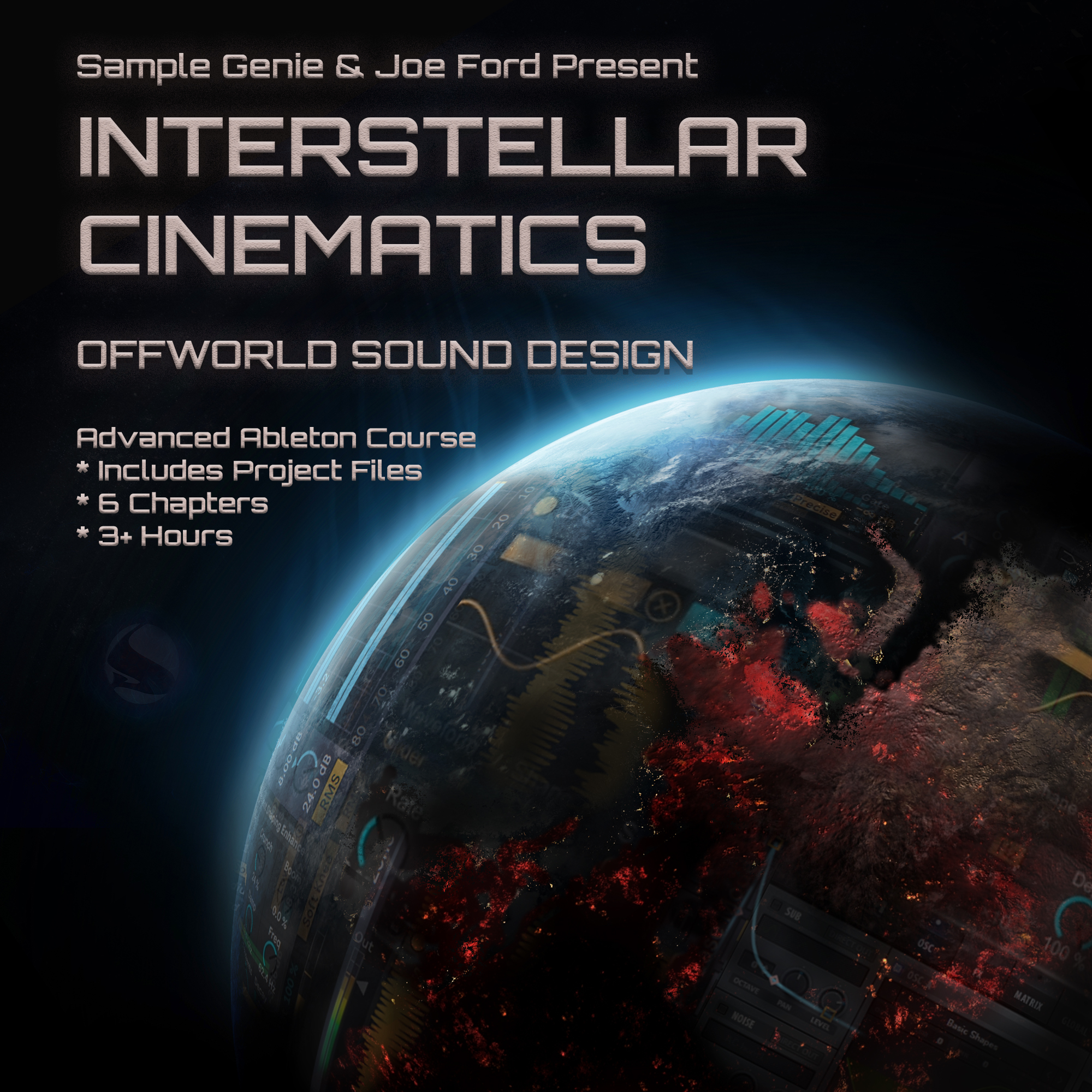New post series & analysis of S1E01: Amoss – Bass Production Approach
- This topic has 2 replies, 2 voices, and was last updated 6 years, 11 months ago by ,
 GENIE HQ.
GENIE HQ.
-
AuthorPosts
-
-
2017-08-02 at 15:05:33 #28576,
 HarryModerator
HarryModeratorI ran this idea by the bosses as Sample Genie, and they gave the green light. What I intend to do is post an analysis of the tutorial videos found in Your Videos, in the spirit of getting discussion going on what was done in the video, give my own take on what was done, get other perspectives, and generate ideas to build off of. I might even through the occasional synth patch up as well, or even audio.
I want to do these weekly, although occasionally I might get an extra analysis & post done. I’m starting from the beginning, although I will probably go out of order when a new video is posted at the beginning of the month. I plan to watch the Lenzman video at some point today, and get a post up for that before Friday (Aug. 4th).
Next post is the notes I took.
"Knowledge kept is knowledge lost." - Bobbito Garcia
-
2017-08-02 at 15:15:33 #28577,
 HarryModerator
HarryModeratorS1E01: Amoss – Bass Production Approach & Resampling (Sample Genie – July 2013)
Tutorial done by Andy from the duo Amoss.
DAW used: Ableton Live – easy to follow along in any other DAW
Third Party Plug-In used:
• NI Massive – wave table synthOriginally watched this in July 2013, then rewatched it in July 2017.
The Amoss duo are usually using audio samples for their bass, doing manipulation, processing, and resampling. This tutorial looks at their approach (as of mid-2013).
• 02:00 – makes a basic sound with Massive (I made an attempt, labeled “Grizzle Ammo”)
○ Bounces a 4-bar loop of the bass, single note (key of F), and then uses the audio file for the remainder of the tutorial
• 08:00 – begins manipulating the audio file
○ Turns the 4-bar loop in to a 1/2 bar stab, fading out the end of the audio file (I think to prevent clicking if it was not cut at zero-point crossing)
○ Also creates a reverb bus to create a texture layer for the bass
○ Likes to think of bass as four frequency layers:
– Low end – mainly for sub
– Mid range – the bite / growl of the bass
– High end – sparkle / shimmer for the sound
– Textural / Background
○ At this point he now has three audio tracks of the bass stab, fitting the first three elements (low, mid & high). Mentions that they usually use Camel Phat for the layers, but for this tutorial he just uses Ableton’s stock EQ.
– Low end does not go to the reverb send to avoid creating a stereo image with low frequencies. Advises keeping the low end mono; it sounds bigger on a club system, also if a track is cut to vinyl you want the low end to be in mono.
– Mid range uses a scooped mids technique, derived from listening to metal, noticed a sound and wanted to figure out how to apply to own production
– Also mentions that your mid range level can affect the headroom shared with percussion
– Think about how you are affecting the different layers
○ Main point he wanted to make with the tutorial is to figure out your own processes & methods to make sounds that you like
○ Also points out that automation livens up simple soundsThoughts:
• The bass created can be replicated in many synths. Try creating a few patches in different synths, see how they sound compared to the original example.
• A lot of bass tutorials by dnb artists tend to think about bass in three layers (low, mid & high)
• Pros & cons of using audio vs. MIDI for the bass sound. I personally switch back & forth, or keep a hold of the original MIDI clip to create variations on the bass.
• Video was originally done in 2013. Have Amoss changed their process for bass? If so, how?
• Ways to manipulate a bass one-shot: shorten, fades, reverse, drop in a sampler and mess with envelopes and/or looping within the sampler (Prolix does this in a later video), frequency splitting
Ways to process bass: FX such as distortion, EQ, dynamics (compress/limit), sending to parallel busses like reverbPatches:
R4NS0M – Grizzle – Massive
R4NS0M – Grizzle – Serum"Knowledge kept is knowledge lost." - Bobbito Garcia
-
2017-08-04 at 12:46:27 #28714,
 GENIE HQKeymaster
GENIE HQKeymasterExcellent analysis!
-
-
-
AuthorPosts
- You must be logged in to reply to this topic.


